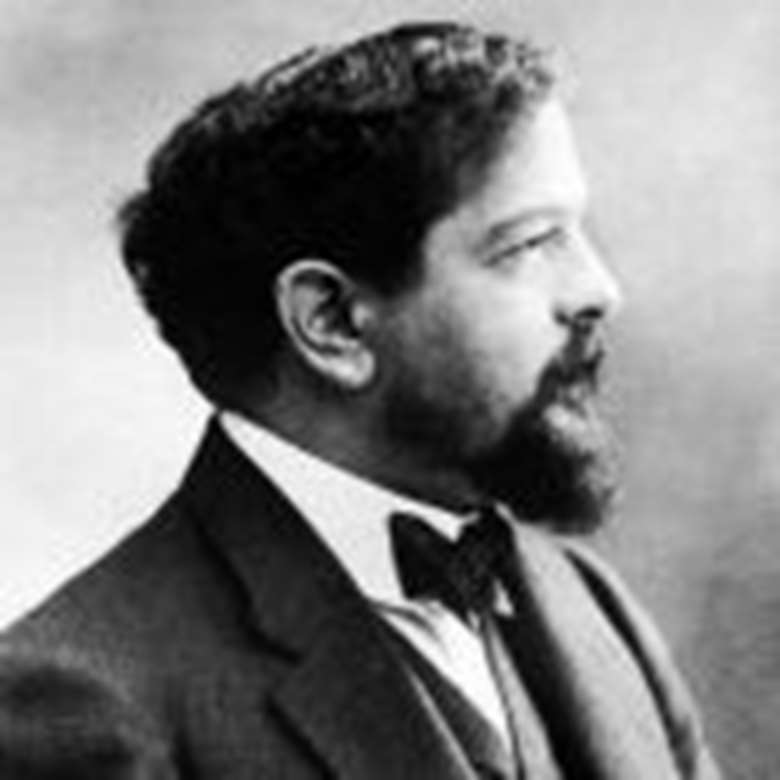Debussy: Playing with Colour
Geoffrey Norris
Thursday, January 1, 2015
Debussy emancipated the orchestra, capitalising on its colours and freeing up its expressive potential. Geoffrey Norris talks to some of today’s leading Debussy interpreters about the ongoing resonance of his music

Register now to continue reading
Thanks for exploring the Gramophone website. Sign up for a free account today to enjoy the following benefits:
- Free access to 3 subscriber-only articles per month
- Unlimited access to our news, podcasts and awards pages
- Free weekly email newsletter







